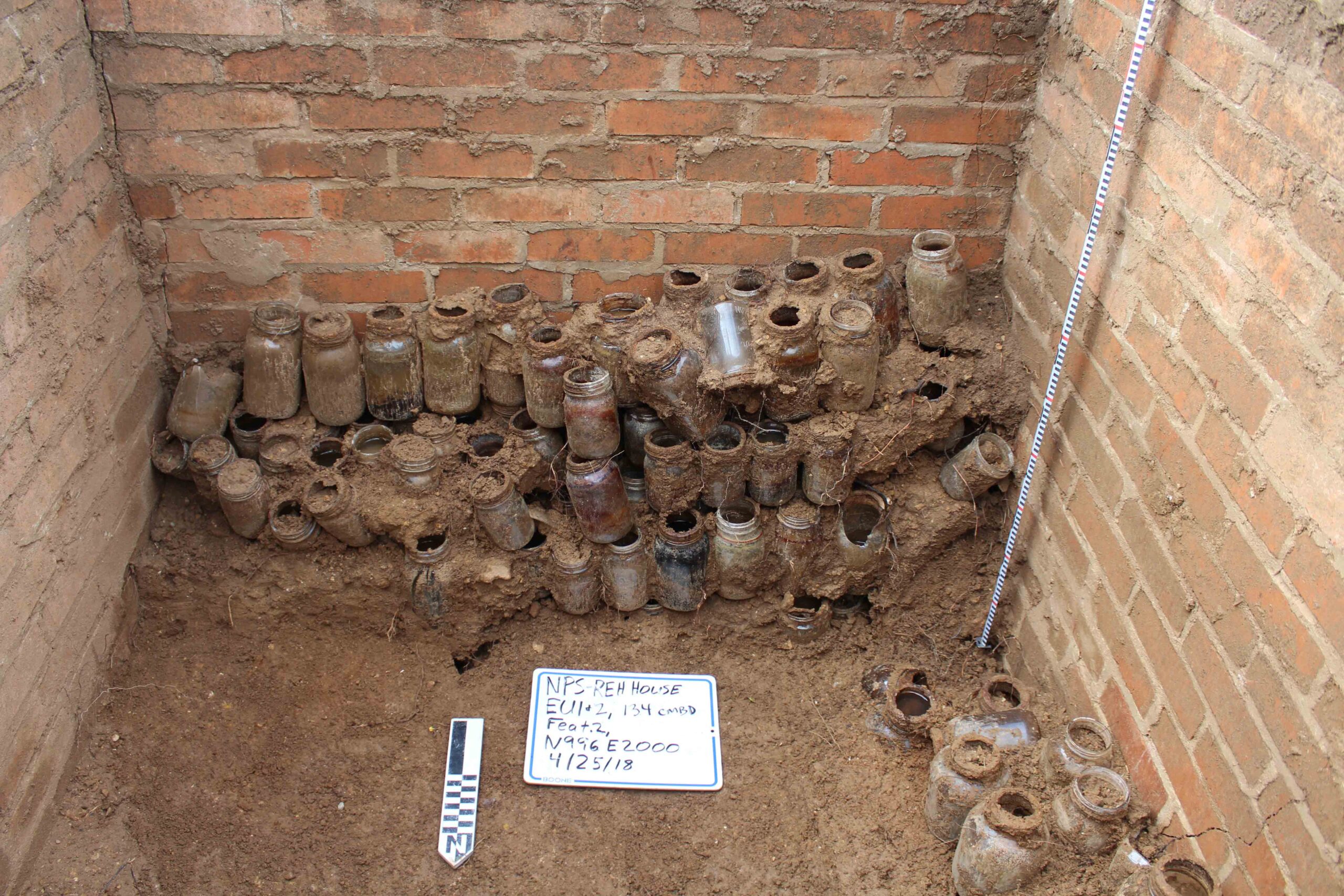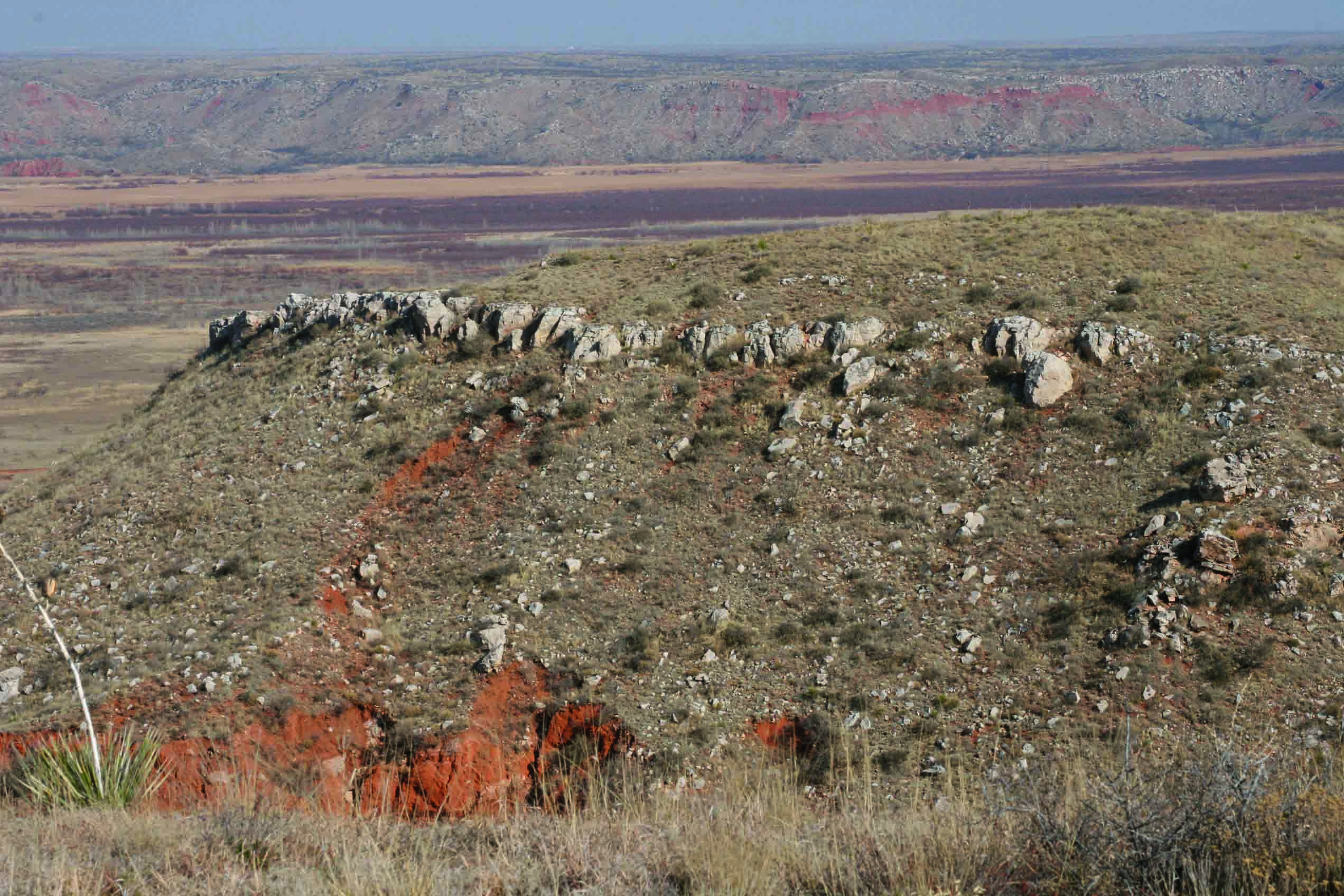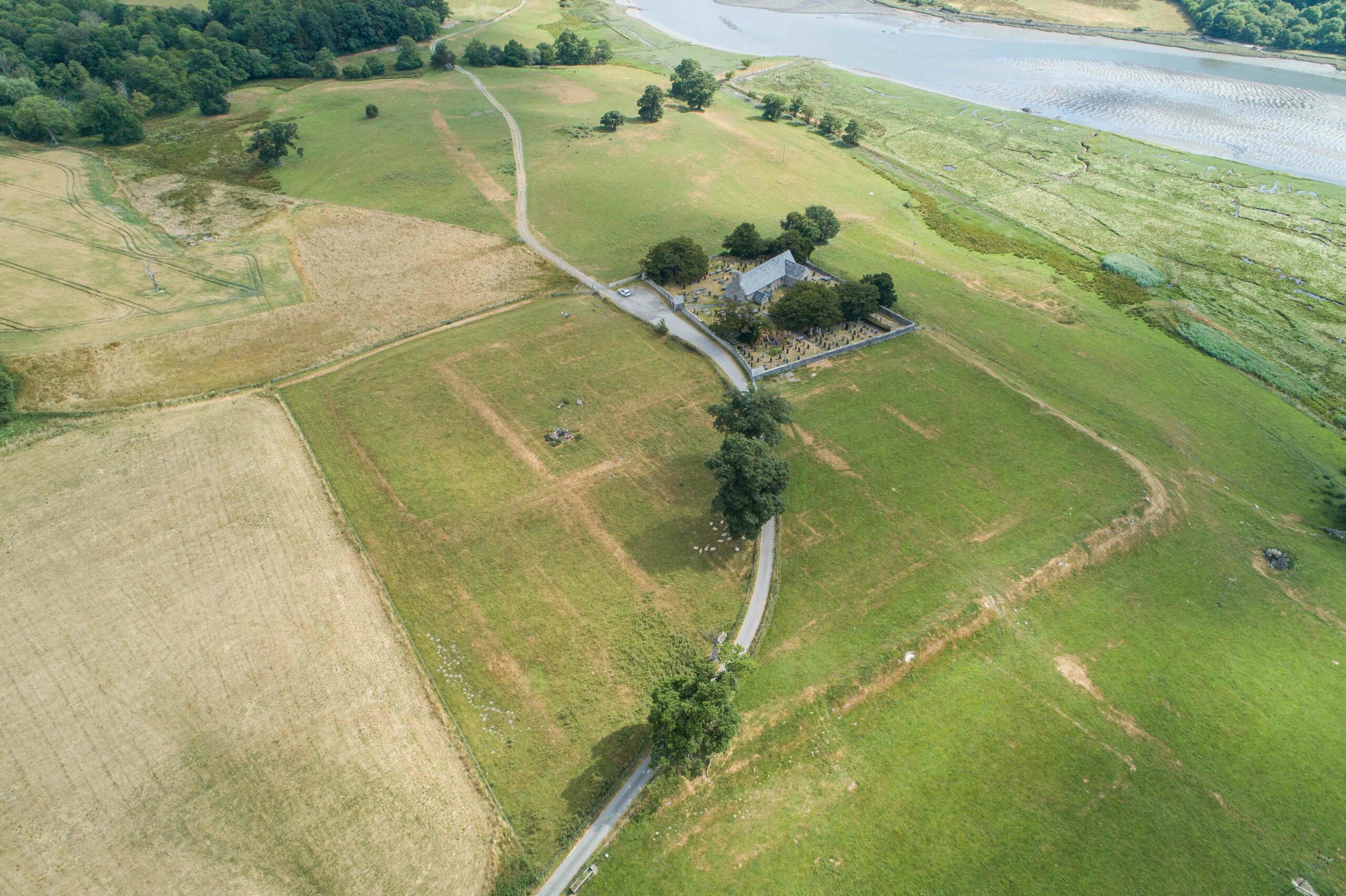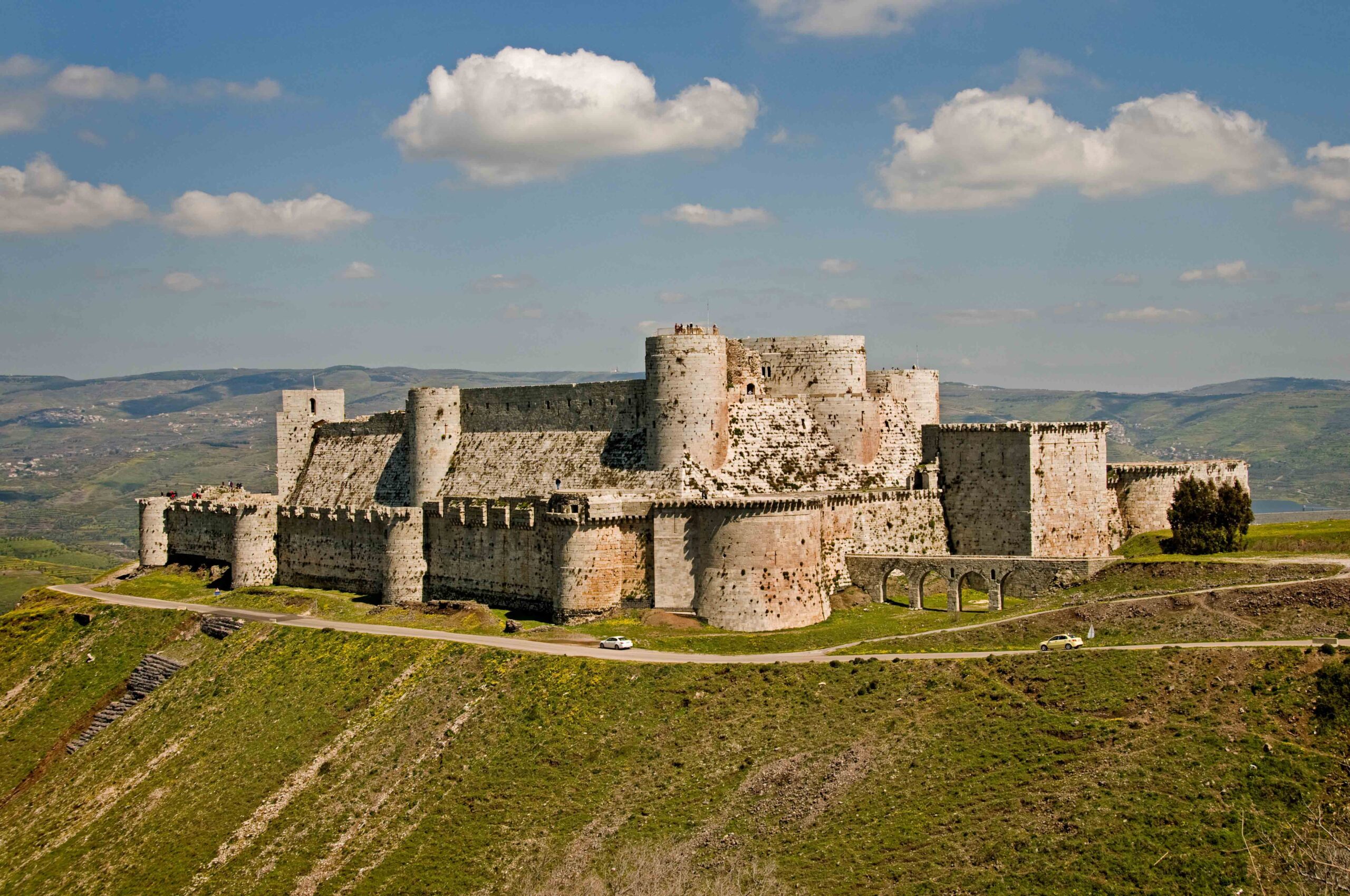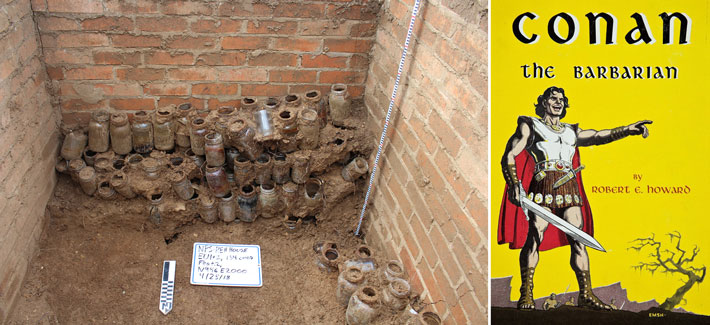
National Park Service archaeologist Jeffrey Shanks recently led a team excavating a storm cellar at the house of Robert E. Howard, the author who created the pulp hero Conan the Barbarian, among others, at a desk in his bedroom. Howard’s house in Cross Plains, Texas, is on the National Register of Historic Places, and the storm cellar offered the tantalizing possibility of learning something new about Howard’s life.
If the cellar had appeared in one of Howard’s stories, it might have been the tomb of an undead king ready to do battle to protect his treasure—but it mostly held jars of pickled green beans. Intriguingly, the team also found a tiny battle-ax-shaped object, but Shanks thinks it may be part of a hatpin, or maybe a bone from a toad’s pelvis. The jars probably postdate Howard’s time, but an apothecary bottle found in the cellar likely belonged to his father, who was a country doctor. It may not be a magic sword or chest full of gold but Shanks sees a different value in his work. “We get to look past the legend and mythology of this famous author to see a little snapshot of his life.”


